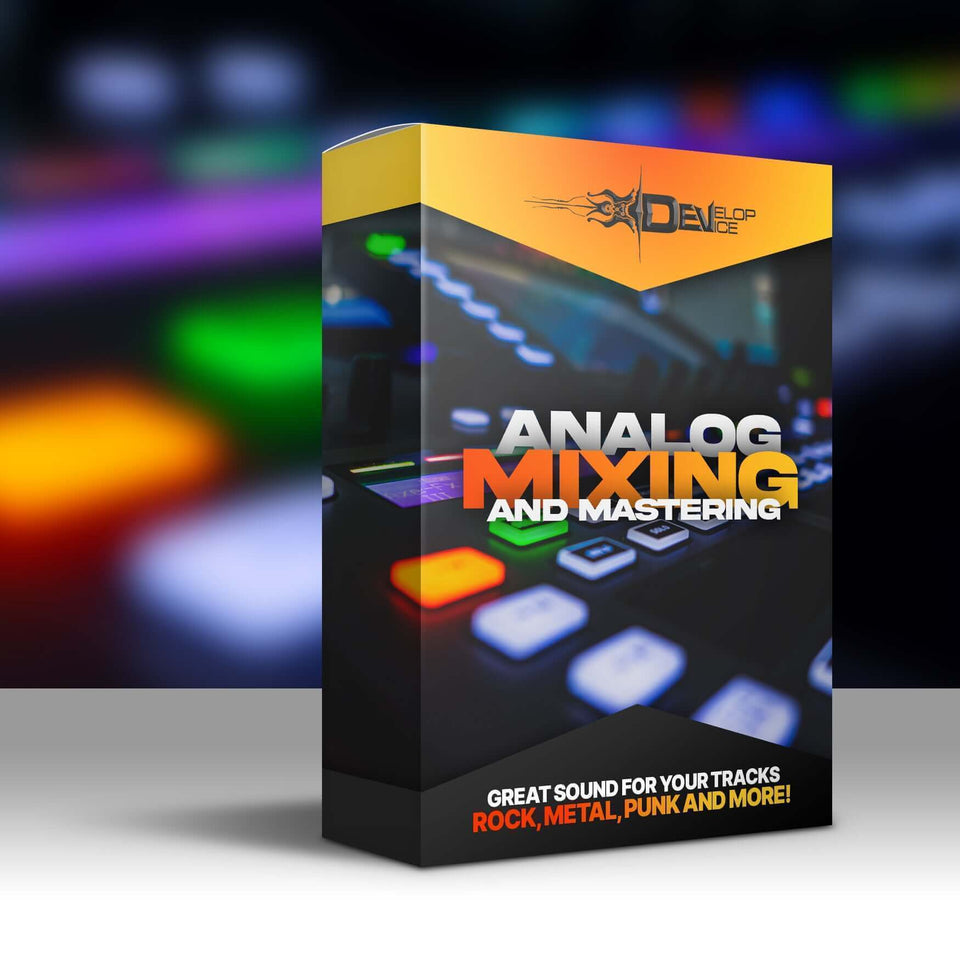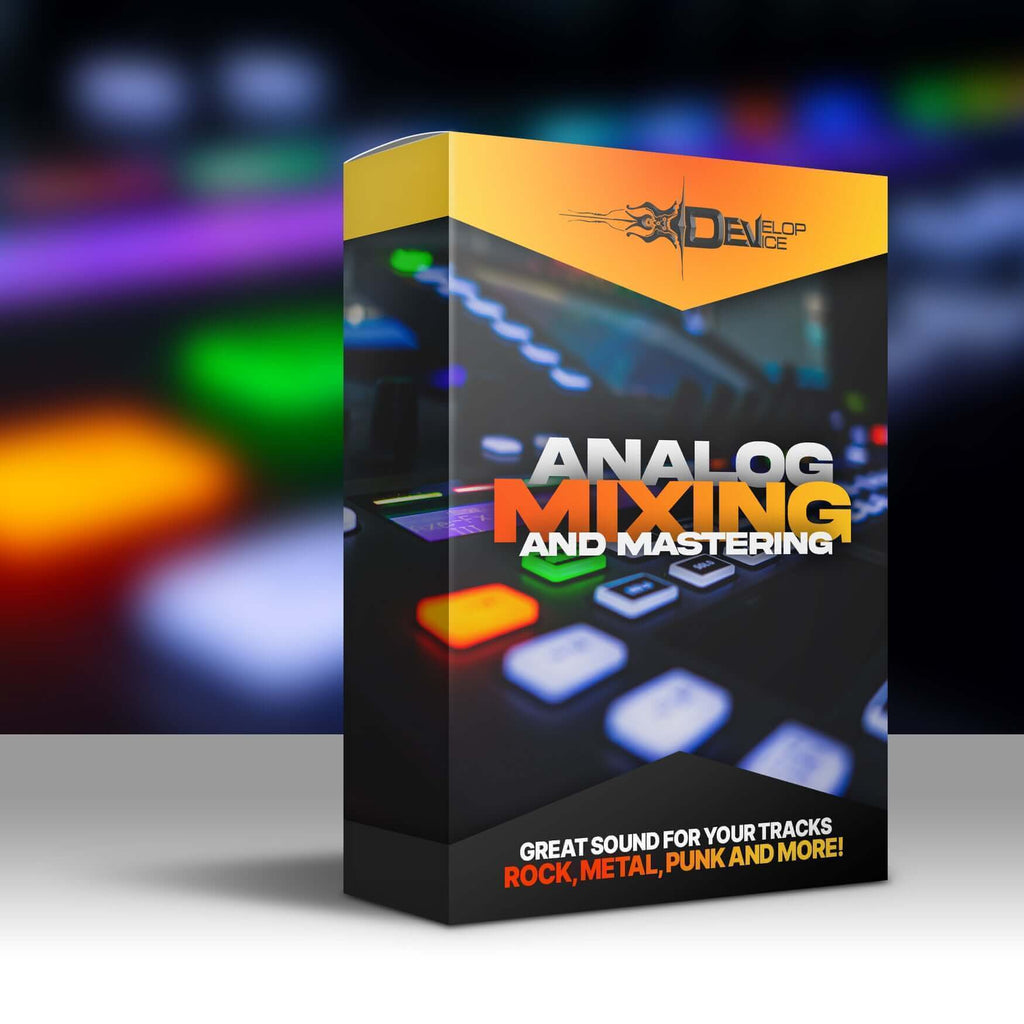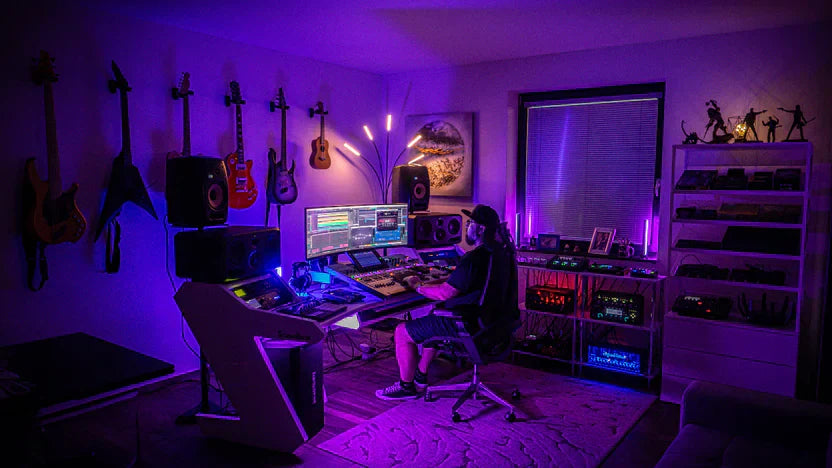Setting Up Your First Home Recording Studio in 2025: A Complete Equipment Guide

Creating your first home recording studio has never been more accessible or affordable than it is today. With technological advances and the democratization of professional-grade equipment, aspiring musicians, podcasters, and audio enthusiasts can build impressive setups without breaking the bank. This comprehensive guide will walk you through everything you need to know about equipping your first home studio in 2025.
Understanding Your Needs and Budget
Before diving into specific equipment recommendations, it's crucial to define your recording goals and establish a realistic budget. Are you planning to record vocals, instruments, podcasts, or a combination? Will you be working solo or with multiple performers? Your answers will significantly influence your equipment choices.
For a basic home studio setup in 2025, you can expect to invest anywhere from $500 to $2,000 for a quality beginner setup, with professional-grade configurations reaching $5,000 or more. The key is starting with essential items and upgrading gradually as your skills and needs evolve.
The Foundation: Audio Interface
Your audio interface serves as the bridge between your analog instruments and microphones and your digital recording software. It's arguably the most critical component of your setup, as it directly affects your sound quality.
For beginners in 2025, the Focusrite Scarlett series remains a popular choice, particularly the Scarlett 2i2 or 4i4 models. These interfaces offer excellent preamps, low latency, and reliable drivers. The PreSonus AudioBox USB 96 provides another budget-friendly option with solid performance. For those seeking higher-end features, the Universal Audio Apollo Twin or RME Babyface Pro FS offer exceptional sound quality and advanced processing capabilities.
When selecting an interface, consider the number of inputs you'll need. Solo artists might find a 2-input interface sufficient, while bands or those planning to record multiple sources simultaneously should consider 4, 8, or even more inputs.
Microphones: Capturing Your Sound
Microphones are where your creative vision begins to take shape. The type of microphone you choose depends heavily on what you're recording and your acoustic environment.
Condenser Microphones excel at capturing detailed vocals and acoustic instruments. The Audio-Technica AT2020 offers exceptional value for money, while the Rode PodMic USB has gained popularity among podcasters for its plug-and-play convenience. For those with larger budgets, the Neumann TLM 102 or Shure SM7B represent professional-grade options.
Dynamic Microphones provide durability and excellent rejection of background noise. The Shure SM58 remains the industry standard for live vocals, while the SM57 is versatile enough for both vocals and instruments. The Electro-Voice RE20 is another excellent choice, particularly for broadcast applications.
Ribbon Microphones offer a vintage, warm sound character. The Royer R-121 or the more affordable Golden Age Project R1 can add unique character to your recordings.
Monitoring: Studio Monitors and Headphones
Accurate monitoring is essential for making informed mixing decisions. Your monitoring setup should reveal the truth about your recordings, not flatter them.
Studio Monitors should be your primary reference. Near-field monitors like the Yamaha HS5 or HS8 offer excellent accuracy and are well-suited for smaller spaces. The KRK Rokit series provides another popular option with a slightly more colored sound signature. For professional applications, monitors like the Genelec 8030C or Adam Audio A7X deliver exceptional precision.
Headphones serve as both a backup monitoring system and a tool for detailed editing work. The Sony MDR-7506 and Audio-Technica ATH-M50x are industry standards for closed-back monitoring. For open-back options that provide a more natural soundstage, consider the Sennheiser HD 650 or Beyerdynamic DT 990 Pro.
Digital Audio Workstation (DAW) Software
Your DAW is the creative hub where all your recordings come together. The choice of DAW often comes down to personal preference, workflow, and specific features you need.
Pro Tools remains the industry standard in professional studios, offering robust editing capabilities and extensive plugin support. Logic Pro X provides exceptional value for Mac users, including a comprehensive library of instruments and effects. Ableton Live excels in electronic music production and live performance scenarios.
For budget-conscious beginners, Reaper offers professional features at a fraction of the cost, while GarageBand provides an excellent starting point for Mac users. Studio One by PreSonus has gained significant traction for its intuitive workflow and integrated mastering suite.
Essential Accessories and Acoustic Treatment
Several accessories can significantly improve your recording quality and workflow efficiency.
Pop Filters prevent plosive sounds from ruining vocal takes. The Aokeo Professional or Stedman Proscreen XL are reliable choices. Shock Mounts isolate microphones from vibrations, with the Rycote InVision or Audio-Technica AT8458 being popular options.
Microphone Stands and Boom Arms provide positioning flexibility. The On-Stage MS7701B tripod stand and the Rode PSA1 boom arm are industry favorites.
Cables might seem mundane, but quality cables ensure signal integrity. Mogami and Canare offer professional-grade options, while Hosa provides budget-friendly alternatives without significant quality compromise.
Acoustic Treatment dramatically improves your recording environment. While professional acoustic panels can be expensive, DIY solutions using rockwool or fiberglass insulation in fabric covers can be equally effective. Focus on treating first reflection points and adding bass trapping in corners.
Computer and Storage Considerations
Your computer serves as the heart of your digital studio. Modern recording software is resource-intensive, requiring adequate processing power and RAM.
For 2025, a computer with at least 16GB of RAM and a modern multi-core processor is recommended. SSD storage provides faster loading times and improved system responsiveness. Consider dedicating a separate SSD for your audio projects to maintain optimal performance.
Cloud storage solutions like Google Drive or Dropbox provide convenient backup options, while external hard drives offer additional local storage for completed projects.
Power and Connectivity
Stable power delivery prevents audio artifacts and equipment damage. A quality power conditioner like the Furman M-8x2 or Samson PowerBrite PB10 can clean up electrical noise and provide surge protection.
USB hubs can expand connectivity options, but be cautious of bus-powered devices that might create ground loops or introduce noise.
Building Your Setup Gradually
Remember that building a home studio is an evolutionary process. Start with the essentials: a decent audio interface, one quality microphone, monitoring headphones, and DAW software. This foundation allows you to begin recording immediately while learning your craft.
As your skills develop and your needs become clearer, you can add specialized microphones, upgrade your monitors, invest in acoustic treatment, and expand your plugin collection. This gradual approach prevents overwhelming yourself with too much equipment while ensuring each purchase serves a specific purpose.
Budget Recommendations for 2025
Starter Setup ($500-800):
- Focusrite Scarlett Solo interface
- Audio-Technica AT2020 microphone
- Sony MDR-7506 headphones
- Reaper DAW
- Basic cables and accessories
Intermediate Setup ($1,200-2,000):
- Focusrite Scarlett 2i2 interface
- Shure SM7B microphone
- Yamaha HS5 monitors
- Audio-Technica ATH-M50x headphones
- Logic Pro X or Pro Tools
- Basic acoustic treatment
Professional Setup ($3,000-5,000):
- Universal Audio Apollo Twin interface
- Multiple microphones (condenser, dynamic, ribbon)
- Genelec 8030C monitors
- Sennheiser HD 650 headphones
- Pro Tools Ultimate
- Comprehensive acoustic treatment
Conclusion
Building your first home recording studio in 2025 offers unprecedented opportunities for creative expression. The key to success lies in understanding your specific needs, starting with quality essentials, and growing your setup thoughtfully over time.
Focus on learning your equipment thoroughly rather than accumulating gear for its own sake. The most expensive microphone won't improve your recordings if you don't understand proper placement techniques, and the most sophisticated DAW won't make you a better producer without dedicated practice.
Remember that legendary recordings have been made with far less sophisticated equipment than what's available today. Your creativity, dedication to learning, and willingness to experiment will ultimately determine the quality of your work more than any specific piece of gear.
Start small, learn continuously, and enjoy the journey of bringing your musical visions to life in your own home studio. The tools are more accessible than ever—now it's time to create something amazing.




















Leave a comment
All comments are moderated before being published.